5 Tips to Improve Your Garden Soil
The most important thing you can do for your plants’ health is to take care of where they live
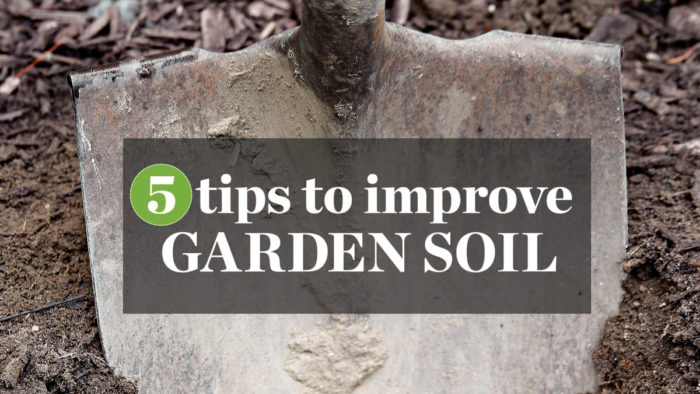
If you garden, you know soil is important. You have undoubtedly witnessed that as gardens grow more bountiful, the ground beneath them becomes proportionately darker, richer, and looser. You have probably also developed an intuition for something not quite right: a hard-to-dig bed, yellowing leaves, a water-logged corner, or a general feeling that some plants could grow bigger and better.
Learn more: 5 Tips to Start Composting
How can good soils be made even better? How can problem areas improve with a little TLC? Just like the plants they support, the soil is alive. With an intuition for growing living things, the experienced gardener can grow healthier and more fertile soils with these five simple tips.
Tip 1: Keep the ground covered
 |
 |
If you’re already mulching, and no doubt you are, then good for you! Covering the soil is one of the best ways to boost soil biology. In addition to providing shelter and conserving moisture, organic mulch literally feeds the living soil.
By this measure, the quality of the cover—that is, the carbon-to-nitrogen ratio (C:N)—determines the cover’s nutritional value as soil food. If you buy and apply bagged commercial mulch, try switching to higher-quality arborist mulch (freshly chipped green trees; photo above right) or leaf mold (deciduous leaves composted for one to two years; photo above left). Both have a much lower C:N ratio, which means more food for both plants and soil organisms, and when decomposed, leaf mold becomes soft and crumbly, losing the water-repellent tendency of a mat of fresh leaves. Apply 2 to 4 inches of arborist mulch or 1 to 2 inches of leaf mold in fall or spring to help feed the soil, retain moisture, and keep weeds at bay all season long. Be sure to water extra-dry soil before and after adding mulch to jump-start soil biological activity. Connect with a local arborist, or try ChipDrop.com to get a load of wood chips.
Tip 2: Don’t waste your resources
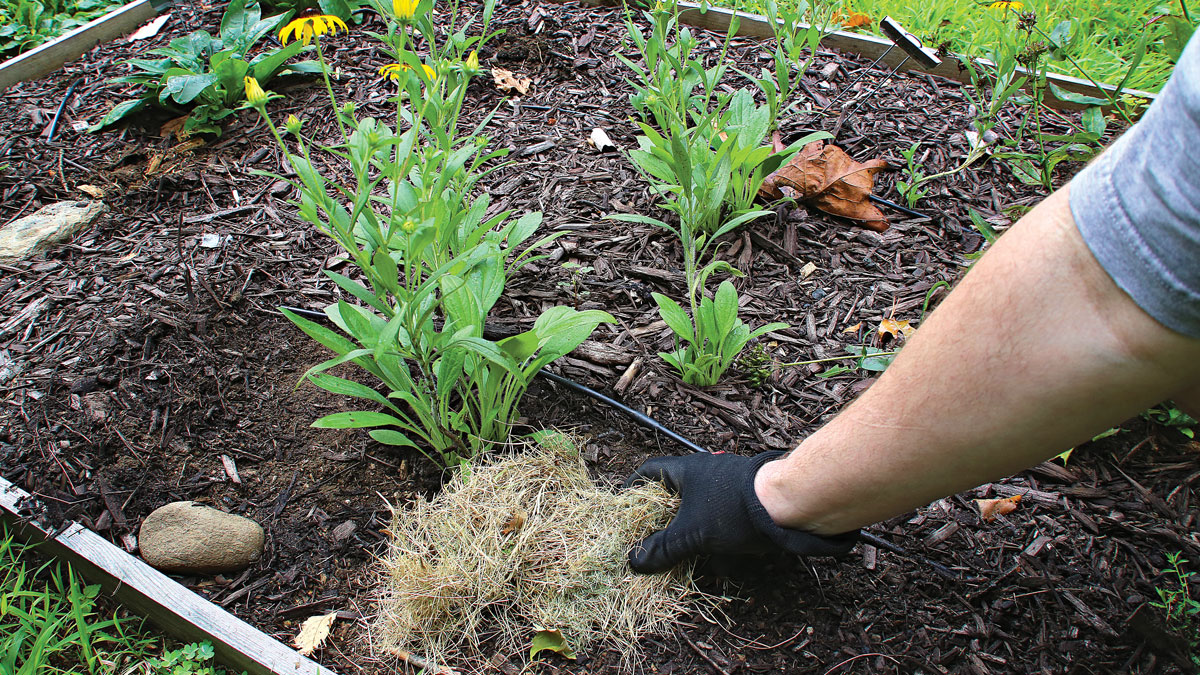
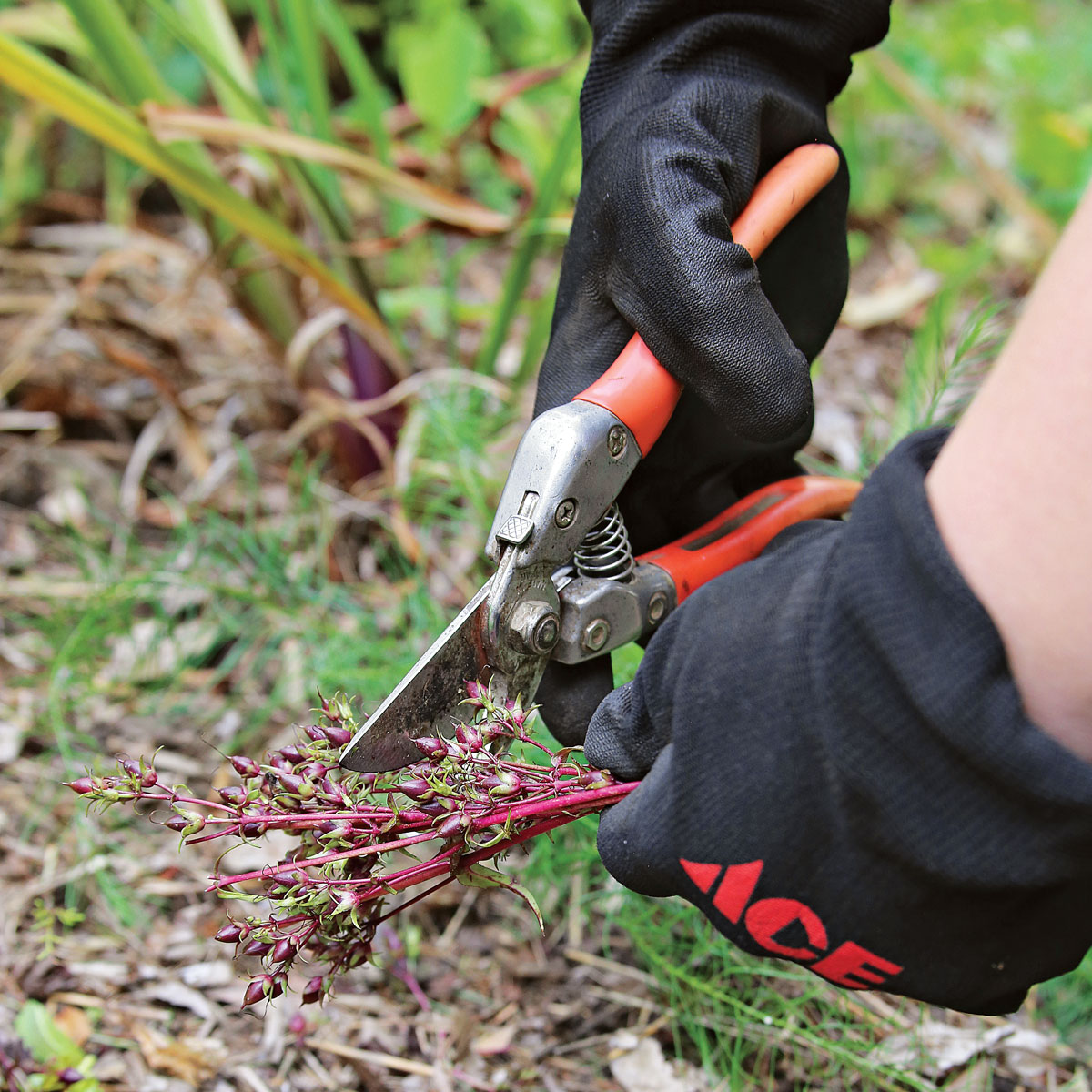
Natural systems efficiently recycle organic material to nurture a living soil. As gardeners, sometimes we need to get out of the way and let nature take its course. One way to do this is by noticing what is right in front of you.
Lots of techniques take advantage of the organic resources naturally generated in your garden. Mulching with chopped up seed-free weeds, recycling pesticide-free grass clippings on the lawn or as garden mulch (top photo above), and lopping perennial prunings on the soil surface (top photo below) all mimic natural processes in grasslands and forests. A biologically active soil will decompose and incorporate most of these materials on the soil surface within a year or two. Take care to spread out the material for good soil contact and air/water flow, as a moist pile of weeds can harbor slugs and other pests in damper climates. If you prefer a cleaner garden look, use these recycled resources under another, more uniform mulch. Not only do these efficient ways of composting feed the living soil, but they also conserve another precious garden resource: your time.
Tip 3: Let it rot
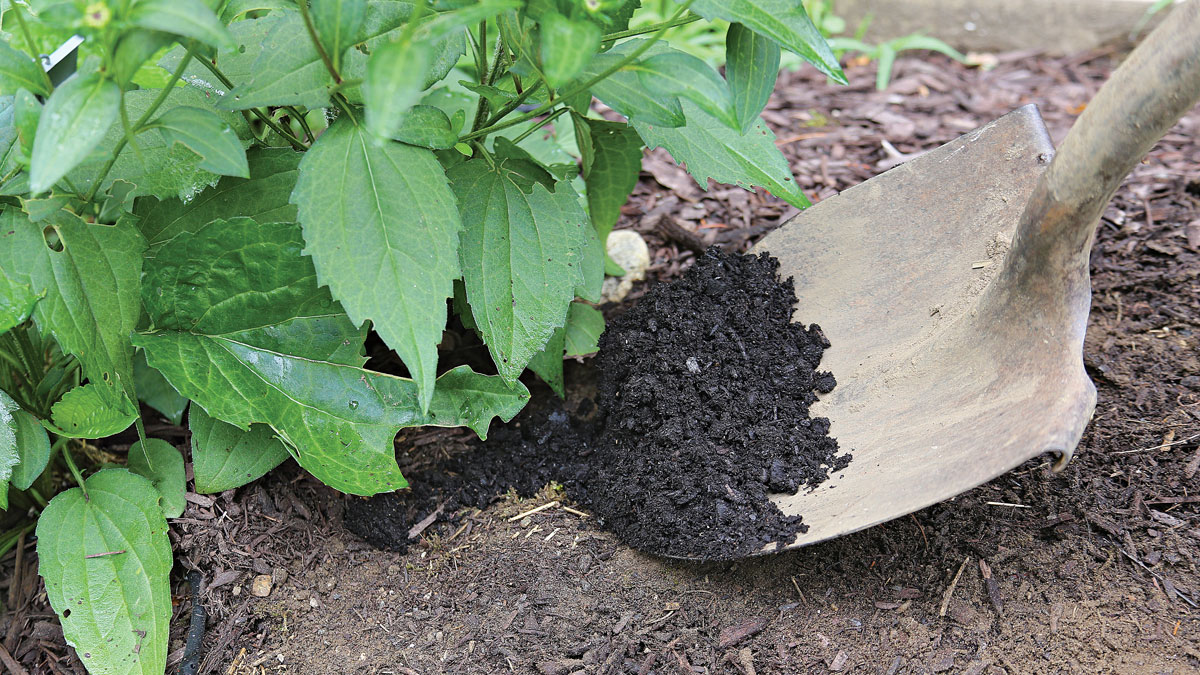
As with all good things, too much soil food is still too much. Like the human gut, soil needs time to digest—a process otherwise known as decomposing or composting. If the organic material you add disappears, then your feeding regime is successful. If you start to notice undecomposed material building up, then you are feeding the soil faster than it can eat.
Excessive fresh organic residues can cause drainage problems or harbor damp-loving pests or disease in wet climates. As built-up materials decompose, they can lock up nutrients. Too much organic compost, manure, and fertilizer over the years, on the other hand, leads to problems with excess nutrients.
A lab can measure the percentage of organic matter in your soil, but there are too many variables, both between labs and between soils, to give a standard goal. A better approach is to evaluate soil quality by the three visible stages of organic matter decomposition: undecomposed material that looks like the leaves, roots, or stems it once was; partially decomposed material still recognizable as plant-derived, but not from what; and humus, microscopic organic material that stains your fingers black. A good-quality soil, one with neither too much nor too little organic matter, has about equal proportions of all three, a sure indication of a soil with good metabolism.
Tip 4: Invest in a soil test
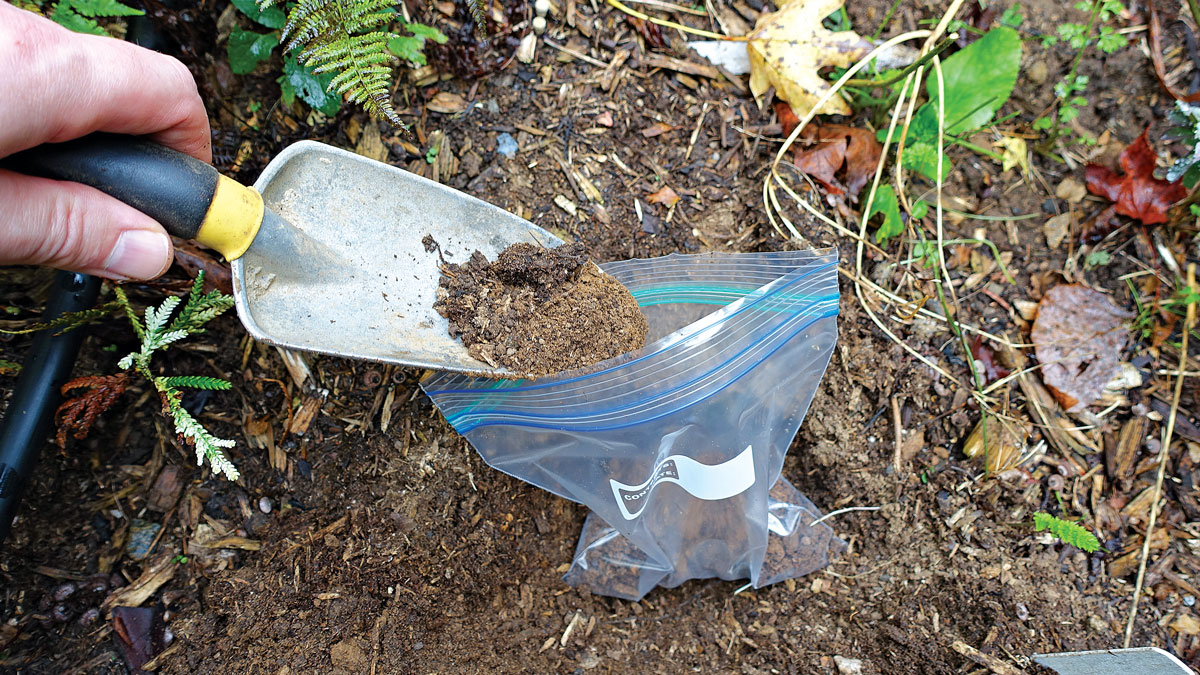
We have all heard how we should get a soil test, but how many of us actually follow through? A soil test, like a visit to the doctor to get a clean bill of health, is always worth the investment. It doesn’t necessarily help to fine-tune fertilizer choices, however. Well-balanced organic inputs and the occasional organic fertilizer take care of this naturally. A soil test mainly serves to ensure that nothing important is missing. This is priceless information to have before you invest in a new garden if it reveals a serious underlying nutrient deficiency. What’s more, you’ll get a good baseline for soil pH and texture, two important factors in soil care decisions.
Alternatively, a soil test can point to nutrient buildup due to excessive soil feeding. In these cases, leaching and erosion of surplus nutrients have unfortunate environmental consequences for surface and groundwater. In extreme cases, excess nutrients can also burn plants, lead to excessive leafy growth, or make plants more susceptible to pests and disease. Phosphorous, in particular, is a good indicator of a glut of organic matter. Soil phosphorous results in the high-to-very-high range indicate that it is time to take a break from organic fertilizers and amendments.
If your garden is going gangbusters, then a soil test, either from a home version or a more-thorough university lab, probably will not yield any new information. However, a soil test, like a trip to the doctor, should be one of your first actions if you notice problems in plant health.
Learn more: Got Your Soil Test Back? Here Are 3 Things You Need to Know
Tip 5: Watch your plants
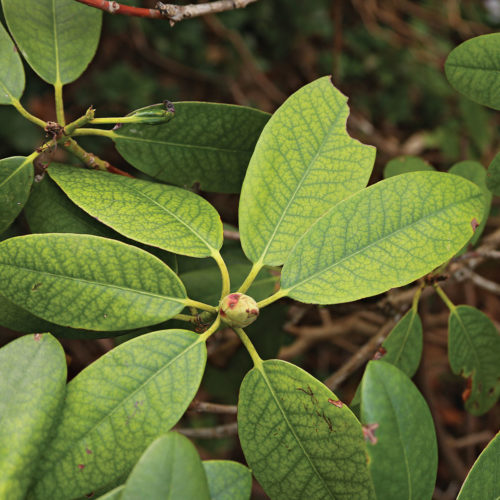 |
 |
With all the testing and fertilizer recommendations involved in discussions about soil improvement, we can lose sight of our most basic and powerful tool: observing the plants themselves. How are your plants doing? Nine times out of ten, the answer will tell you something about the soil.
Are leaves yellow, or is growth stunted (top photo left)? Look up symptoms of common nutrient deficiencies to check against your less-than-thriving plants. Is overfeeding the soil locking up important nutrients? Check to see if added organic matter is decomposing at the rate you are adding it. Is waterlogged soil preventing optimal growth? Watch the flow of water through the garden, or perform a simple infiltration test. Do plants continue to look sick, even after you have fixed any obvious soil problems? Try a soil test.
But if your plants are vibrant, growing, and green, chances are that your soil is also bustling with life (top photo right). Take a handful to check. Breathe in the earthy smell, and let your growing experience guide you in feeding, covering, and caring for the living soil.
Ea Murphy is a soil scientist in Tacoma, Washington, and the author of Building Soil: A Down-to-Earth Approach.
Photos: Steve Aitken





Comments
Log in or create an account to post a comment.
Sign up Log in